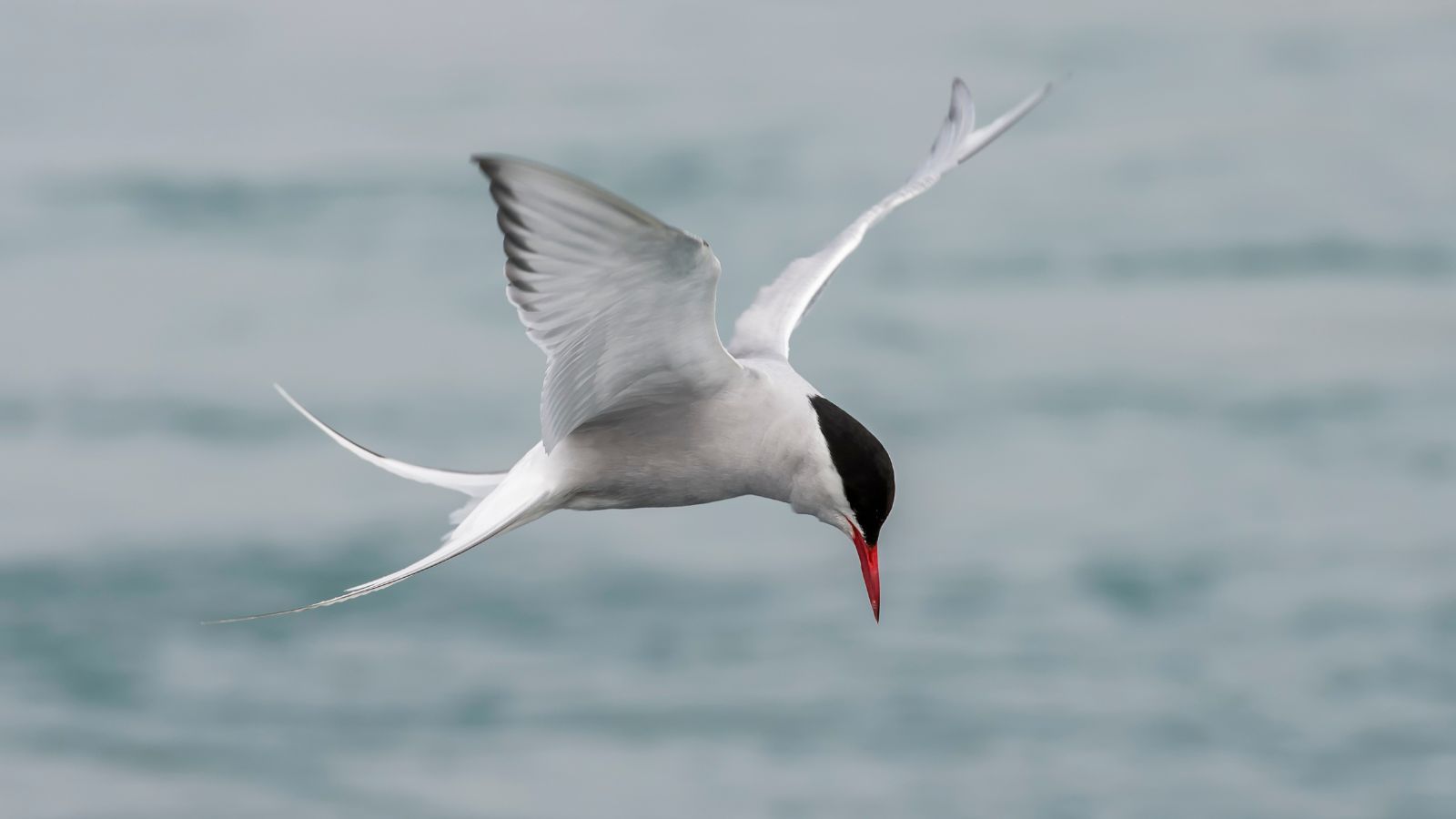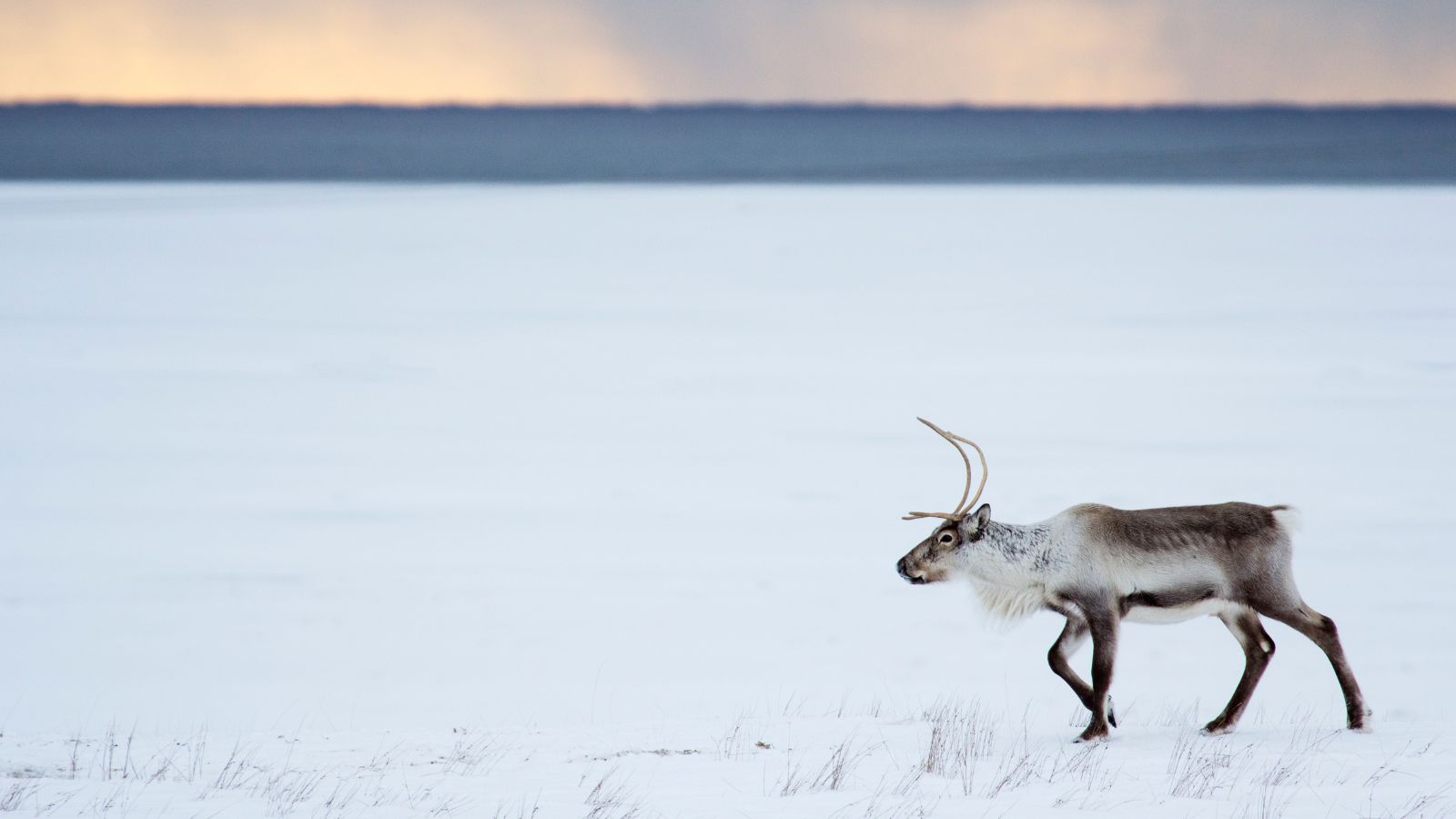Wondering if there are any animals to be wary of in Iceland? Read our article to find out more about the wildlife of Iceland.
When you hear the term "dangerous animals," you tend to conjure images of venomous reptiles and clawed predators. But, there are no animals in Iceland that are poisonous, venomous or harmful. There aren’t any mosquitos, there are no snakes, and only one species of wasp. So in the traditional sense, there aren’t really any dangerous animals in Iceland.
However, there are animals in Iceland that can be a nuisance and some that can harm the ecosystem. Here, we'll talk you through some of the more troublesome creatures in Iceland.
Get to Know Some of Iceland’s Animals
While Iceland is better known for amazing whale-watching opportunities, thriving birdlife and charming Icelandic horses and sheep, some of these lesser-known animals, in some way, present a danger to the fragile ecosystem of this beautiful island.
Midges
While Iceland may not boast a mosquito population, it’s not entirely free of insects! The common tourist spot, Lake Mývatn, means ‘midge lake’ due to the swarms of lake midges that buzz around during the summer. They don’t bite, but the black fly does. They both swarm when you stand around bodies of water, and the bites aren’t very painful by themselves, but they still hurt when you have several. Thankfully, you can avoid them by not standing around still lakes in the height of summer or by wearing insect repellent.
Arctic Tern
The only other animal that could possibly be classified as ‘a bit more than a mild annoyance’ is the Arctic Tern. They nest across Iceland and watching them swoop to their nests on cliffs is a popular activity. However, don’t walk too close during nesting season, as they are incredibly protective and will swoop, dive, scream, peck, and send droppings flying your way. You should be safe though, as the Tern is a protected species and you shouldn’t be approaching their colonies anyway. It’s always best to admire them from a safe distance.

Polar Bear
An animal that people sometimes mistakenly believe to exist in Iceland is the polar bear. They are dangerous, so if you see one you shouldn’t approach, but you are extremely unlikely to see one in Iceland as they aren’t native. On a couple of occasions, they have floated over on icebergs from Greenland. Iceland has considered capturing, healing, and then returning the polar bears to where they come from, but that costs upwards of 75,000 Euros (£67,100). So instead, if this is ever to happen again they are killed upon arrival.
Mink
The other animal that is allowed to be killed with impunity in Iceland (though animal welfare laws say they must be killed humanely) is the mink. First brought to Iceland for fur farming, many have escaped over the years and have turned feral. They can harm native Icelandic birdlife, attacking the birds, eggs, and causing the breeding behaviour to change, and stealing chickens across the country. Iceland did try to completely eradicate the species but gave it up as futile.

Rabbits
Whilst they don’t have the same kill order as minks, rabbits are considered an invasive species if not kept at home as a pet. In 2010, someone released a few pet rabbits near Reykjavík and a population boom followed. The current rabbit population are descendants of those pets and now they have a similar destructive impact on the environment due to their high breeding rates. They now harm farms, attack occupied puffin burrows (harming their breeding patterns), fouling animal feed, destroying property and more. Don’t feed the rabbits when you see them, even though it can be tempting.
Reindeer
Reindeer do live in Iceland and were also originally brought for farming. They soon became wild and now there are roughly 6000-7000 reindeer in the East and North-East. A number of reindeer hunting permits are issued each year, depending on the population of male and female reindeer. Their population is seasonally controlled because they take grazing land from sheep and could cause damage to the economy in a bad winter or with a volcanic eruption, both of which are known to happen in Iceland.

Arctic Fox
The only mammal that is native to Iceland is the Arctic Fox, a protected species in Hornstrandir in the north of Iceland. However, they are small, well-hidden, and will avoid humans, so consider yourself lucky if you spot one in the wild! Their human avoidance is best known by their odd distaste of fences, where they will avoid going through a fence at any cost. If you want to learn more about the fox, you can visit the Arctic Fox Center in the village of Súðavík in the Westfjords.
Farm Animals
These are likely the most common types of animals you will see on a road trip around the country. Like any country, you shouldn’t antagonise the farm animals while walking on their land, as getting rammed by a sheep will hurt despite their fluffy appearance. However, you must also be cautious when driving around Iceland as they may cross the roads, so keep an eye out when driving. Hitting them will hurt the animal, damage your rental car, and will probably also harm you.

Getting out and exploring Iceland is the best way to experience the natural beauty of the island, including its fascinating animal life. Find out more about what you could see and experience driving around Iceland.